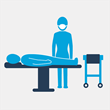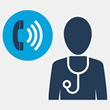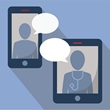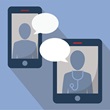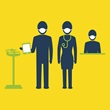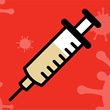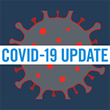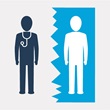December 13, 2017
Feature Article
More than ever, physicians are focusing on treatment plans that include the kind of care patients need at home. However, physicians face potential liability when patients refuse help that is offered or neglect to follow up as instructed. If a patient sues, even a verdict in favor of the physician does not negate the time, expense, and emotional impact of a lawsuit. Consider this example: A 67-year-old male with a history of obesity, hypertension, hypercholesterol, atrial fibrillation, and cardiovascular disease had seen the same physician for 20 years. During one hospitalization, the patient was put on the blood thinner Coumadin. The physician and the discharge nurse both educated the patient and his wife about the risks of Coumadin use and the importance of having blood work done every month.




